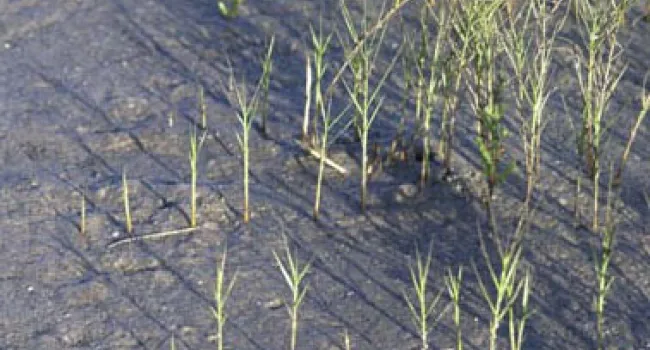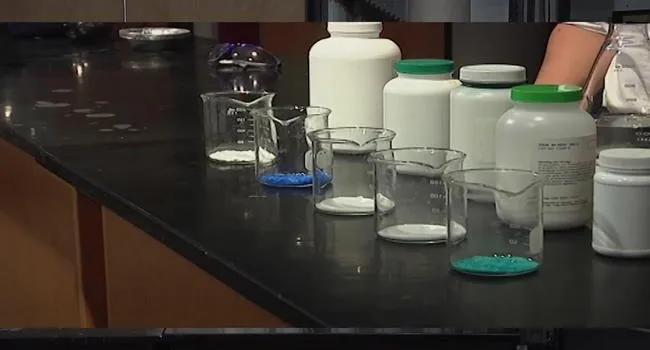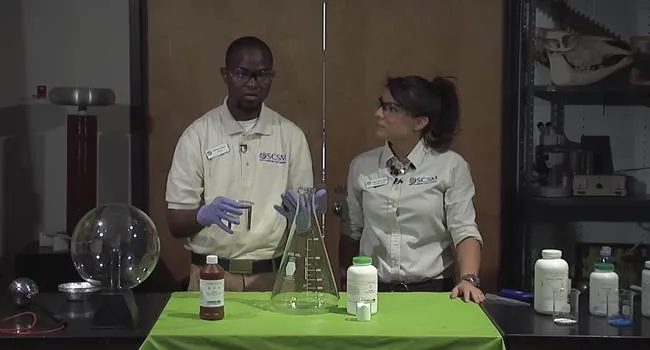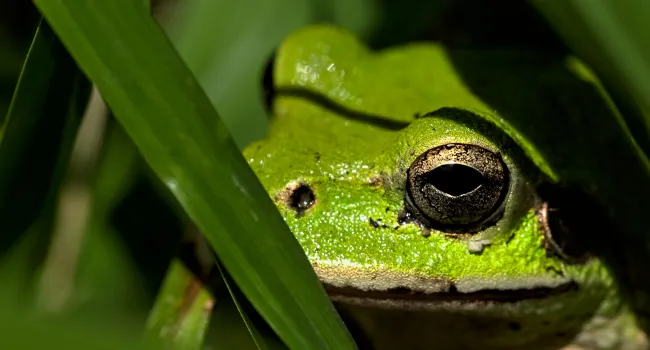
Photo
Alligators are not normally found in brackish or salt water, although they do occasionally swim there. They much prefer freshwater and must return to it to drink. They can reach 19 feet in length, but...Visit the South Carolina Department of Education for Science standards.
Take a quick look at all Science series on Knowitall.org

Photo
Alligators are not normally found in brackish or salt water, although they do occasionally swim there. They much prefer freshwater and must return to it to drink. They can reach 19 feet in length, but...
Photo
Salt grass sends underground stems called rhizomes into the salt flat. Sprouts from these rhizomes make stems and leaves above ground. You can see where the rhizome lies underground because the stems...
Photo
There are two species of glasswort. One is an annual and lives only for one year, then dies. It is the taller, branched plant farthest out into the salt flat. The other is a perennial and lives for...
Video
SCETV hosted a "Chasing the Moon" screener event at the S.C. Governor’s School for Science and Mathematics in Hartsville, S.C. The public event began with a brief reception in the North Lobby of the...
Video
South Carolina State Museum educators Laura Ybarra Kane and Diana Yoder perform a science experiment, setting fire to different types of salt to compare the colors of the flames.
Video
South Carolina State Museum educators Laura Ybarra Kane and Matthew Dantzler demonstrate a science experiment with a big foamy chemical reaction.
Lesson
This STEAM lesson will have your pre-schoolers engaged in discovery with new materials, sensory play, and working on fine motor skills.

Lesson
The students will be able to differentiate between the characteristics of amphibians and reptiles.

Lesson
Students will use their creative thinking and decision making skills to create a new animal, choose what’s necessary for their animal’s survival, and create a habitat for the animal. By allowing...

Lesson
Students will learn about the physical attributes of the six classifications of animals: insects, mammals, birds, fish, amphibians, and reptiles.